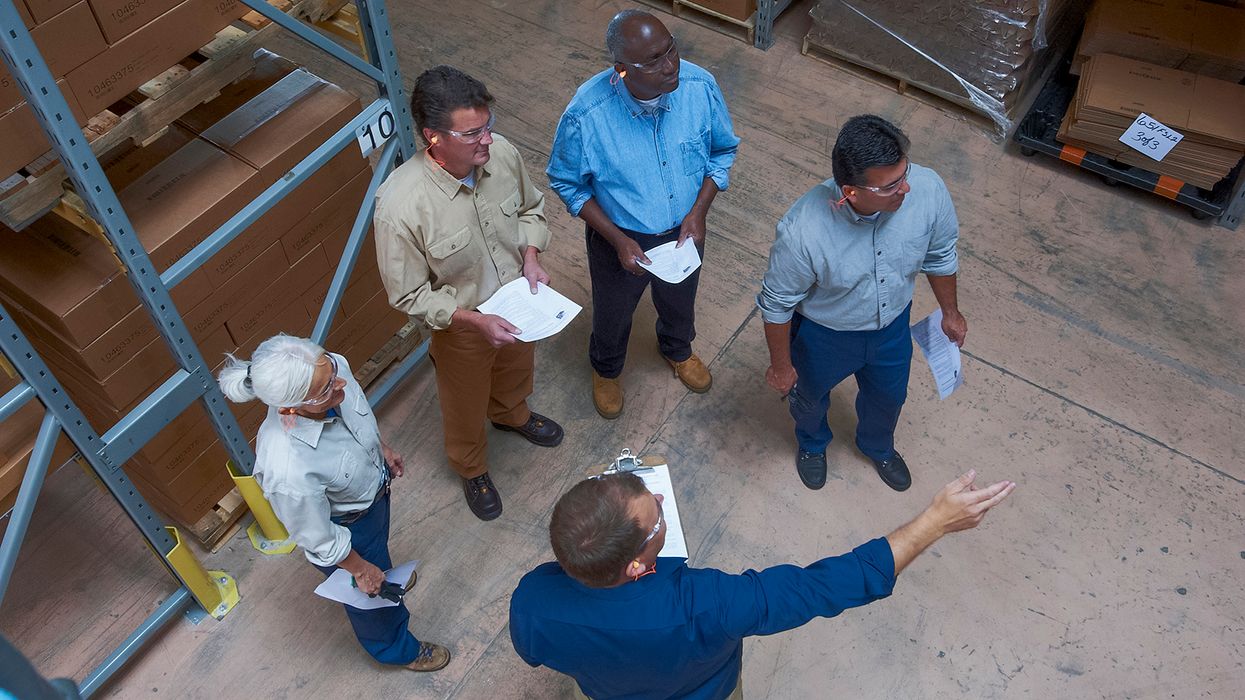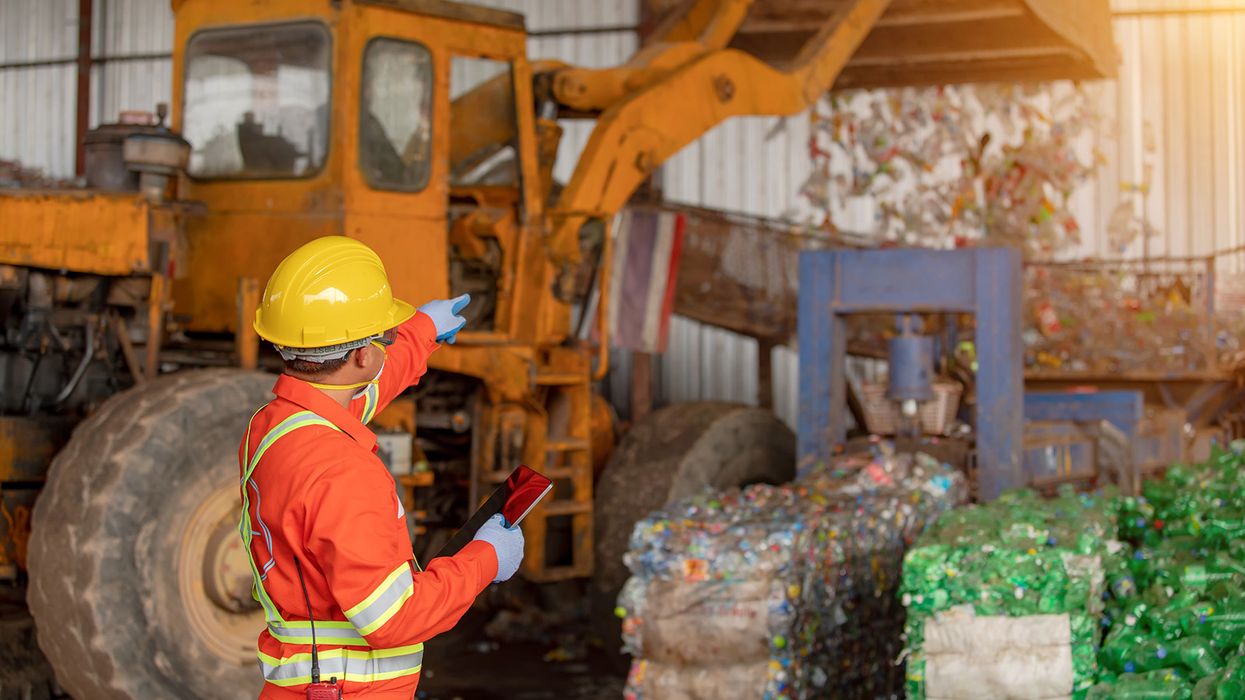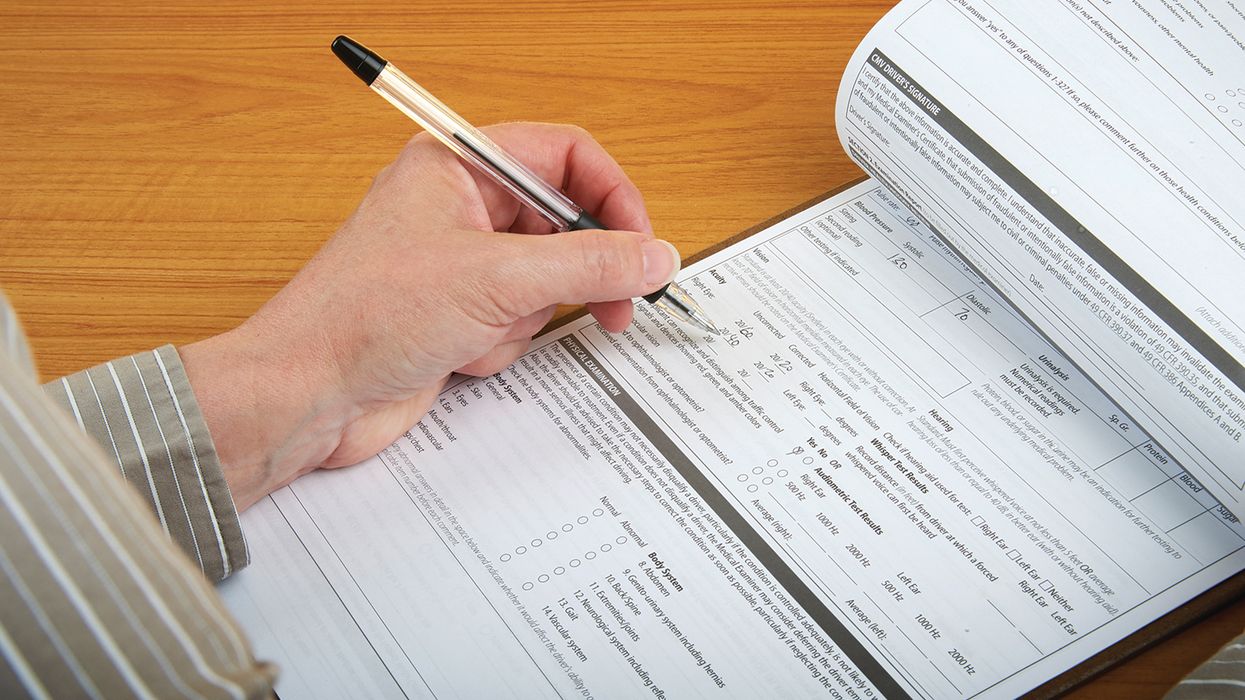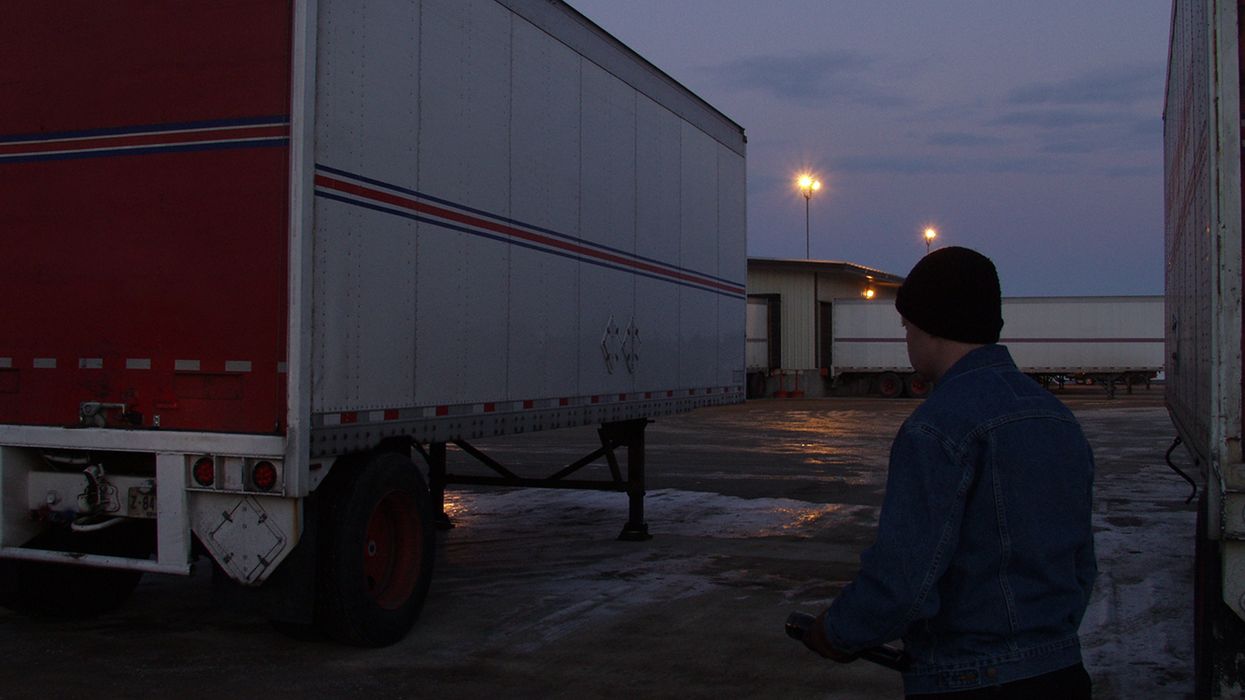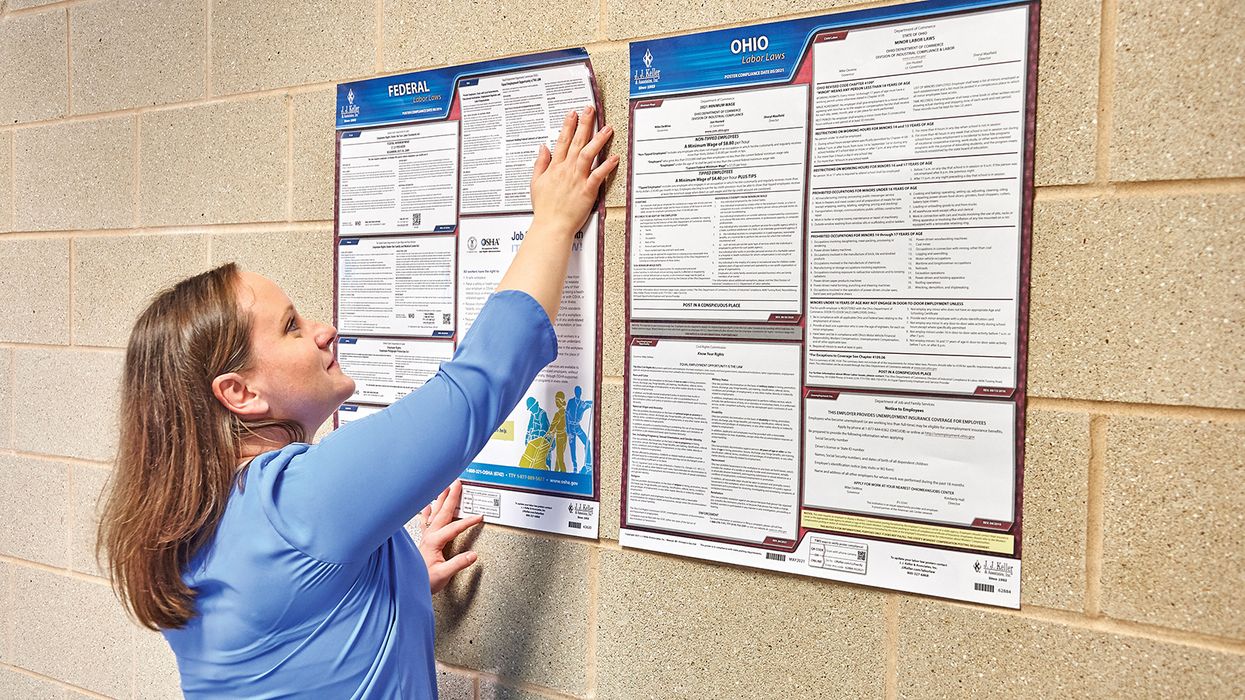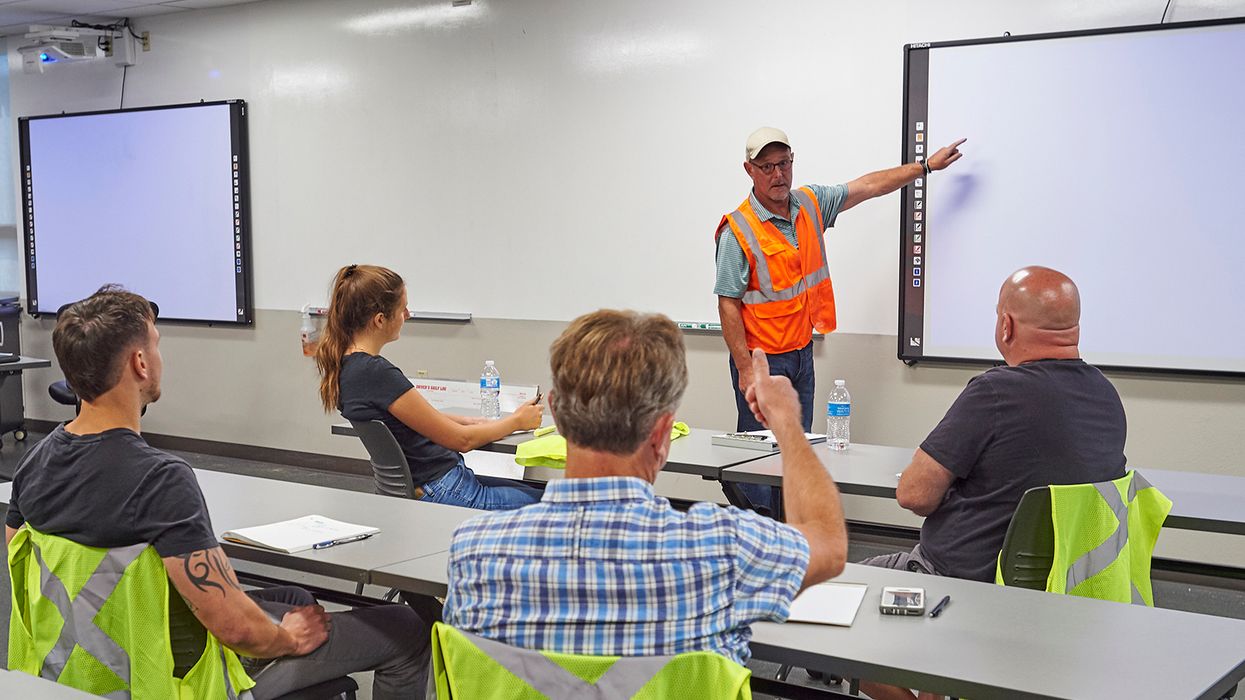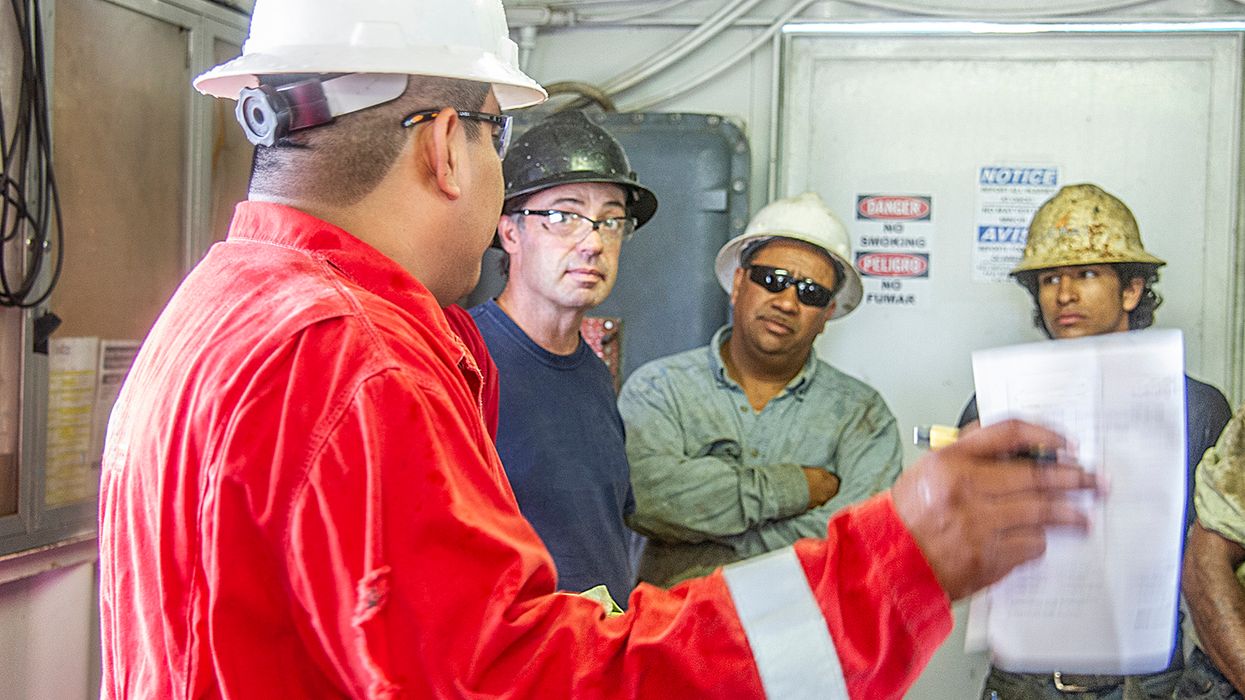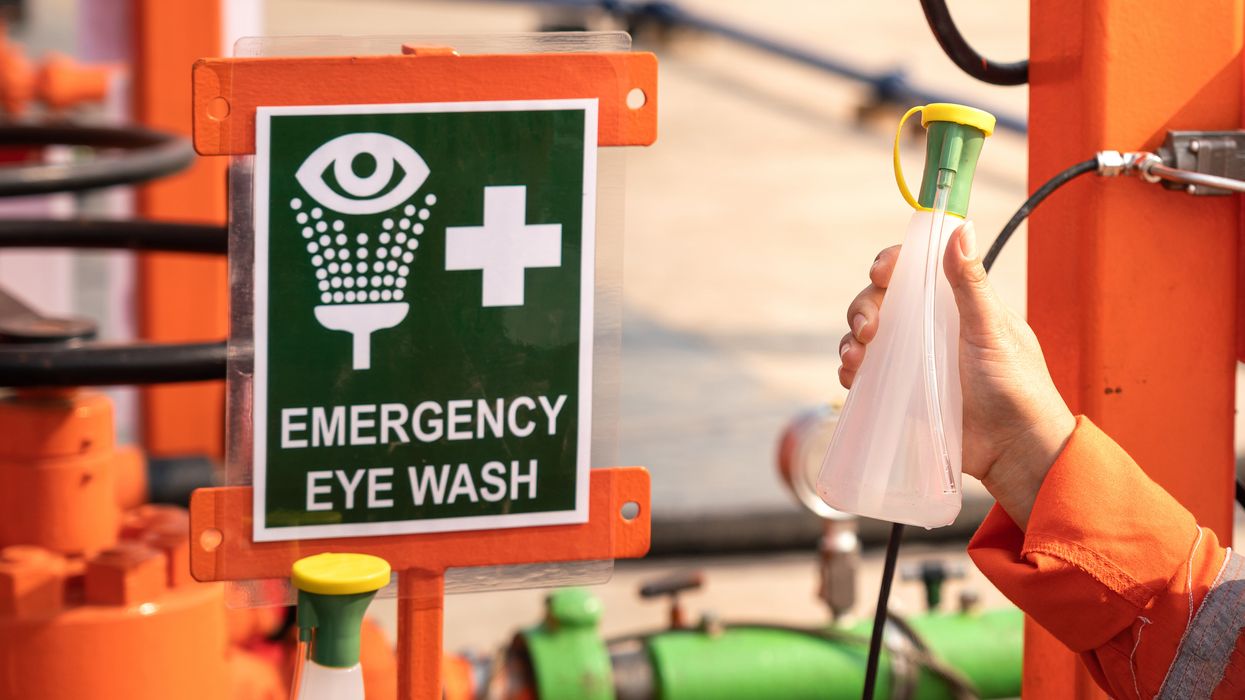Using discipline effectively to strengthen workplace safety
Does your workplace have a discipline that isn’t effective? Discipline is not about punishment—it’s about reinforcing expectations and protecting lives. When applied fairly and consistently, a well-structured disciplinary system supports a strong safety culture, ensures accountability, and helps prevent workplace injuries.
Discipline may be the answer
While not the most enjoyable responsibility for operations, safety, or HR professionals, issuing progressive discipline for unsafe behavior may be necessary, provided the company has an effective safety system in place. It’s also important to remember that discipline should be balanced with recognition for safe behavior.
A structured disciplinary system is essential to the success of any safety program. It clearly communicates the expectations for employee conduct and defines the steps that will be taken when those expectations are not met.
When applied with the right intent, not as punishment but as a corrective measure, progressive discipline can serve as a constructive tool for improving safety behavior.
Additionally, if an employer needs to establish the unpreventable employee misconduct defense in response to an OSHA citation, it must demonstrate that it consistently enforces safety rules as part of its overall safety efforts.
This is echoed in the Occupational Safety and Health Review Commission’s (OSHRC) four-part test for the defense of unpreventable employee misconduct. (See Secretary of Labor v. Diamond Installations, Inc., 9/27/2006, and Secretary of Labor v. Rawson Contractors, Inc., 4/4/2003.) To establish the defense, the employer must prove that it has:
- Established work rules to prevent violations,
- Adequately communicated those rules,
- Taken steps to discover the violations, and
- Effectively enforced the rules when violations were discovered.
Discipline basics
For a disciplinary system to be effective, it is essential to ensure that the employer has taken the necessary steps to ensure safety. In other words, don’t discipline an employee for something beyond his control.
Employees can control:
- Following company safety rules,
- Reporting hazardous conditions and unsafe practices, and
- Promptly reporting injuries.
Employees can’t control:
- Equipment design and quality;
- Workload;
- Training;
- Atmospheric conditions; or
- Coworkers, managers, and supervisors.
Appropriate consequences
If it’s clear that the employer has fulfilled their safety responsibilities, and the employee’s unsafe action was a deliberate choice, then disciplinary action is likely justified.
When deciding the proper consequence, it should match the seriousness of the violation. Typically, the potential severity of the resulting injury should guide the level of discipline. For instance, if the behavior could lead to a fatal incident, suspension or termination may be warranted. In contrast, if the behavior poses a minimal risk of harm, such as a minor injury, a written warning may be sufficient.
If an employee continues to violate a particular rule or work unsafely, the resulting discipline should be progressively more “harsh.” (See Secretary of Labor v. Holland Roofing of Columbus, Inc., 10/28/2002.)
Keep in mind that discipline goes beyond simply reminding an employee to wear personal protective equipment (PPE). Along with the reminder and any immediate correction, a meaningful consequence should follow, and it must be applied consistently to be effective.
Documentation
A key element of a discipline system is documentation. When it comes to proving that you enforce consequences for violating safety rules, it will be difficult if you don’t have documentation. Make sure your supervisors are on board with such documentation (and rule enforcement).
Key to Remember
Discipline, when used fairly and consistently, not as punishment but as a tool to correct behavior, is a vital part of a strong safety culture. It sets clear expectations, holds employees accountable, supports legal compliance, and ultimately helps prevent injuries. A well-documented and balanced approach that includes both corrective actions and recognition is key to making workplace safety programs effective.

